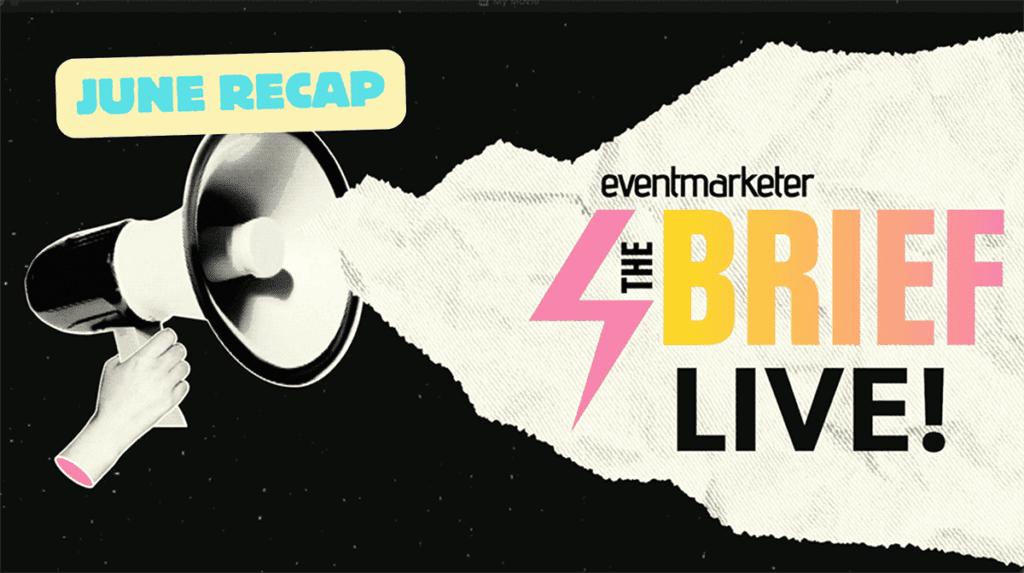IF YOU RUN A CATALOG today you have a Web site. And if you don’t, you may be considering building a retail presence.
It’s news to no one that the days of the catalog pure-play are over. And even Web-only marketers are looking outside their virtual walls to try their hand at a print catalog to help drive the brand — and sales.
Direct talked recently with Chris Carrington and Philip Donahue of catalog design firm Lorel Marketing Group about the catalog and multichannel trends they see for 2007.
The King of Prussia, PA-based firm has a diverse client base. While some are more traditional catalog/e-commerce operations like Scottish Gourmet and Journeys, others are manufacturers getting into the direct space, like Hasbro. And some, like Lilly Pulitzer, are using the catalog format as a way to build brand and reach retailers.
“The motivation to start a catalog business varies considerably,” says Carrington, the company’s president. “It really depends on where the business is starting from. A Web start-up comes to the realization that catalogs are a powerful tool in capturing new customers. And retailers see catalogs both defensively and offensively. They think, ‘Why give the sale to anyone else,’ and see [an opportunity] to reach into segments and markets they couldn’t access before.”
Are there any untapped segments in the catalog world? “If I knew that, I’d be running a multichannel operation myself,” joked Donahue, Lorel’s vice president for strategic accounts and development.
“My belief is that every marketer has an untapped market specific to their business,” he says. “But the challenge is how to appeal to the next generation of buyers as the previous generation moves on. Many catalogers are working very hard on how to capture the next generation without alienating their core customers or totally rearranging their business and brand positioning.”
Lorel’s principals spoke about several key areas of interest to the catalog business.
- Print catalogs are still a driving force
“As they look at their numbers, I think all our clients are realizing that a consumer who shops multiple channels is more profitable and loyal, with higher average order sizes,” Carrington says.
Donahue agrees, adding that people are realizing how powerful the catalog medium is. “You’re controlling the selling space. You’re controlling your brand. You can present the story the way you want to present it. On the Web, people access the pages in their own way. Catalogs are a way you can reach out to people who may not have seen you or know you, and you can create the atmosphere of an intimate experience.”
- Keep the multichannel experience seamless for customers
A consistent cross-channel selling experience can be a challenge, in part due to legacy Web site systems that may not “talk” with a cataloger’s main order system, according to Donahue. “Measurement and the ability to do analysis is a big part of the issue.”
Organizational structure can be a problem as well. “Let’s face it,” says Donahue, “people [in a company] are tied to a particular channel. Many organizations have created silos of staff and external resources that focus on one channel. The result is a conflict of objectives, budgets and careers. We see companies moving to minimize this, but it’s a hard and slow process.”
Clients are increasingly more aware of how important branding consistency is across channels, says Carrington. “We’re looking at long-term campaigns so we can repurpose assets across channels to be more cost-effective for clients.”
- How to get noticed
This holiday season, some catalogers are boosting circulation to find new customers, while others are trying inserts, postcards and bind-ins to drive traffic to all distribution channels, Carrington notes.
“We have a variety of clients with different degrees of difficulty in prospecting, depending on the vertical,” she says. “Some are creating their own lists of registrants to convert into buyers over time, while others deploy classic list [strategies].”
“The rising cost of paper and postage have made it difficult for catalogers to test new formats,” Carrington adds. “Therefore, the focus is really on branding and making sure that covers are consistent, compelling and will attract enough attention to get opened.”
While co-op databases are great to a point, high-spending buyers are “clearly overwhelmed,” says Donahue. He’s seeing catalogers exploring non-traditional media like FSIs, insert programs and DRTV to find prospects.
And Carrington says catalogers are using their own books to test the waters before rolling out new concepts. Case in point: Longtime Lorel client Journeys Shoes wanted to test-market a children’s division. To develop the Journeys Kidz brand, list and creative, the company tested it as an insert in the main book before rolling it out as its own title.
- To e-mail or not to e-mail?
E-mail is a key communications tool for catalogers, says Donahue. But how effective the e-mails are depends on the cataloger’s sophistication and how the messages are used, plus the Web site’s conversion capabilities.
“The economics of e-mail make it all too easy to just blast yet another sale announcement. This gives a low-cost bump to sales, but may erode the customer base if it’s done too frequently,” he says. “But other catalogers treat e-mail communication on a par with the planning [given] a catalogmailing.”
“We’re seeing more strategically timed campaigns that allow the channels to promote one another more aggressively,” Carrington adds. “An e-mail might go out immediately before the catalog is dropped to prompt awareness, while the catalog may be used to drive a special Web promotion, for example.”
- Mistakes happen
One marketing error Carrington sees often is that some catalogers are not using match-backs as effectively as they should. “This means that in some cases they pulled back on [mailing] catalogs when Web orders went up, not realizing that the print catalog was driving those sales.”
Donahue says measuring ROI across all channels is a hot topic. Consistency of data quality is a big problem because, for instance, brick-and-mortar store clerks are not as good at capturing data as a catalog call center. “If you’re relying on retail to capture the same quality, it’s just not there.”
Another problem he’s observed is that companies aren’t keeping their marketing calendars coordinated. This could mean they’re sending out a new catalog and following it with an e-mail blast or coupon postcard a week later that contradicts or undercuts an offer in the catalog.
 Network
Network

